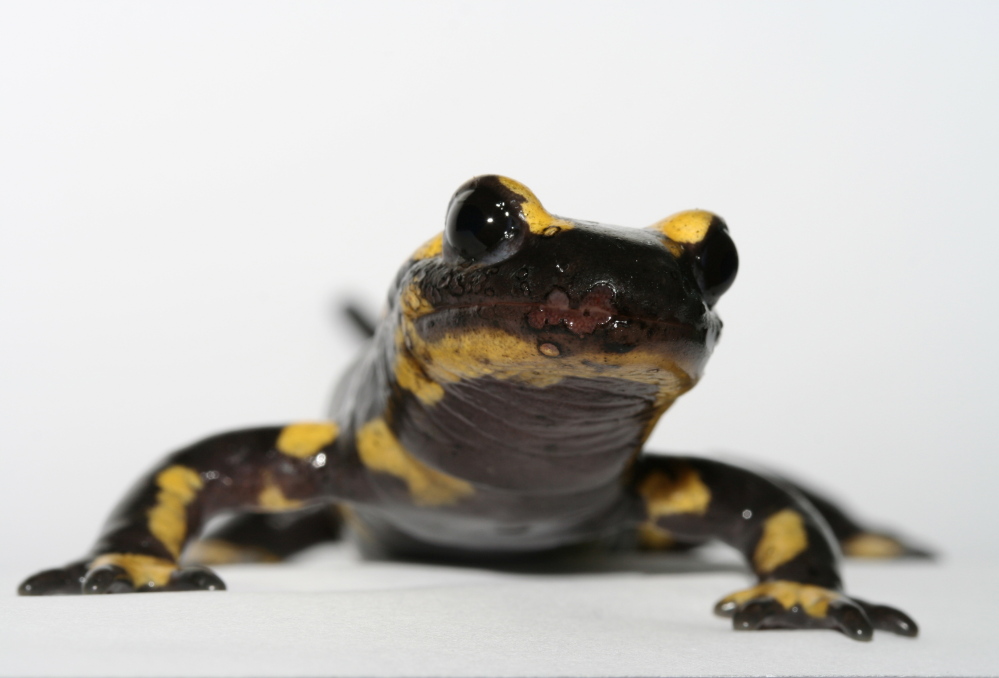A disease that’s devastated amphibian populations in parts of Europe is almost certainly headed to the United States.
“It’s a question of when, not if, this fungus reaches North America,” said University of Maryland researcher Carly Muletz, co-author of a recent study on the subject.
This parasitic fungus, which originated in Asia, made itself known in 2013 when it killed all but 10 of the remaining fire salamanders in the Netherlands. The fungus, Batrachochytrium salamandrivorans, is similar to one that plagues the tropics, driving hundreds of species of frogs toward extinction.
This new fungus targets salamanders and newts exclusively. It can kill within a week, eating away at the animal’s skin.
In a study published Thursday in Science, researchers screened more than 5,000 amphibians of 35 different species, hailing from locations across four continents. They also looked at 2,000 skin samples taken from animals in museums and pet stores.
The researchers suspected that the Asian fungus had come to Europe by way of the international animal trade. Several Asian amphibians are popular pets across the world, and they could be carrying unusual fungi into their new homes.
That seems to be the case, with immune Asian amphibians – who’ve probably been exposed to the fungus for millions of years –- bringing it to the pet shops of Europe.
While the fungus wasn’t detected in any American samples, the researchers warn that it can’t be far off. The United States receives a huge number of imported amphibians and these imports are rarely tested for disease.
The big concern isn’t that Americans will lose their pets to disease, but that the devastating infection could make it out into the wild.
Send questions/comments to the editors.



Success. Please wait for the page to reload. If the page does not reload within 5 seconds, please refresh the page.
Enter your email and password to access comments.
Hi, to comment on stories you must . This profile is in addition to your subscription and website login.
Already have a commenting profile? .
Invalid username/password.
Please check your email to confirm and complete your registration.
Only subscribers are eligible to post comments. Please subscribe or login first for digital access. Here’s why.
Use the form below to reset your password. When you've submitted your account email, we will send an email with a reset code.